| Name | Universal Ring Retractor Rake Retractor |
| Lead Time | 0-10 days |
| Specialty | General Instruments-Hooks & Retractors – Universal Ring Retractor System |
| Material Finish | Stainless Steel |
| Grade | Premium Operating Room |
| Units of Measurement | Each |
| Manufacturer | Nine H Surgical |
| Sterility | Non-Sterile |
| Usage | Reusable |
Universal Ring Retractor Rake Retractor
Universal Ring Retractor Rake Retractor
Universal Ring Retractor Rake Retractor comes in different sizes and number of prongs. These prongs are used to pull the edges of a wound and prevent them from slipping out of place. Certified instrument makers have hand-crafted this instrument and conform to the highest standards in instrumentation.
SKU:
FI-01-618
Category: Hooks & Retractors
Description
Reviews (0)
Be the first to review “Universal Ring Retractor Rake Retractor” Cancel reply
Shipping & Delivery
Related products
Abdominal Retractor W/ Fixed Side Blades – 2 1/2″ Deep
w/ fixed fenestrated side blades, 2-1/2" deep & center blade #2470-72 (3" x 2")
Balfour Abdominal Retractor with Fixed Side Blades incorporates 2 ½" deep fenestrated side blades that are attached onto the center blade, which is 3" wide x 2" deep. Two different sizes of this retractor are offered according to the maximum spread they provide. The side blades of this particular retractor can be pushed and held away from each other to open up an incision in the abdominal cavity.
Balfour Extra-Deep Center Blades
For balfour retractor systems w/ fixed side blades, 2-3/4" wide x 4" deep
Balfour Extra-Deep Center Blades consists of a 4" deep blade that is curved at a right-angle. This blade may be intended for larger patients or for accessing deeper areas of the abdominal cavity so that they can be held in place. Another feature of this center blade is that it contains loop holes in the center slot so that it can provide different spreads.
Cope Retractor
Double-ended, 6.0 mm & 11.0 mm, 7-1/8" (18.0 cm)
Cope Retractor is a double-ended surgical instrument primarily used to pull back skin or organs that may obstruct the operating area. The main features of this retractor are its different shaped blades. For example, one end contains a strongly curved blade with a lip. The other end, however, contains a sharp, right angle blade with a ridge on the tip.
Cottle Tenaculum
Cottle Tenaculum
angled, 6-1/4" (16.0 cm)
Cottle Tenaculum has a long, slim handle with a hook that tapers into an angled point. The primary use of this hook is to grasp or hold tissue away from the surgical site in order to provide the surgeon with greater visibility to the area. This instrument is offered in a 6 ¼" length.
Cushing Vein Retractor – Fenestrated Handle
Cushing Vein Retractor - Fenestrated Handle
fenestrated handle
Cushing Vein Retractor is a more light-weight instrument due to its fenestrated handle. The lengths can range from 9" to 16." This vein retractor can be used during general surgeries to retract veins or other small tissues. It may also be used in other medical procedures such as neurosurgery to pull back tissue.
Davis Brain Spatula
Davis Brain Spatula
malleable, 7" (17.5 cm)
Davis Brain Spatula is 7" in length and comes in a variety of widths to accommodate different cases. This instrument is commonly used in neurology procedures to hold the opening in the brain while operating. The spatula is also malleable, which allows it to bend and fit the size or depth of the operated brain. Following the conclusion of the surgery, a small hammer is used to strike the spatula in order to restore it to its initial shape.
Davis Retractor
Double-ended, 5.0 mm x 16.0 mm & 8.0 mm x 21.0 mm blades, 5-1/2" (14.0 cm)
Davis Retractor is a stainless steel instrument that is double-ended and has opposing blades on either end. This retractor is able to divide and keep edges of an incision open. This instrument is also protected by the Nine H Surgical manufacturer warranty on defects in materials and workmanship.
Deaver Retractor – Double-Ended
Double-Ended
double-ended, 1" wide x 9" long
Deaver Retractor is typically used during abdominal procedures to keep the organs from interfering with the surgical site. This double-ended instrument has a long, curved blade on one end and a short, right angle blade on the other end. The shorter end may help to retract the walls of the bladder during intravesical surgeries, and the longer end may be helpful for deeper retractions.


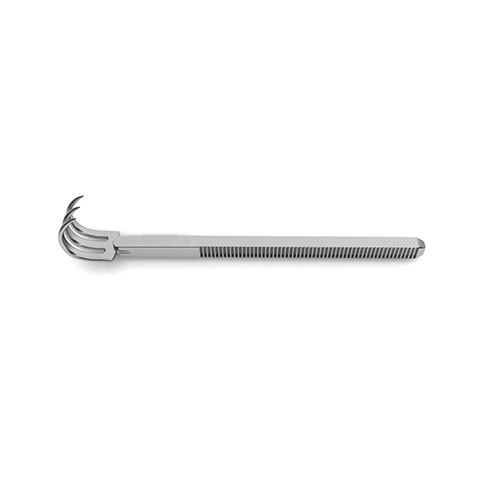
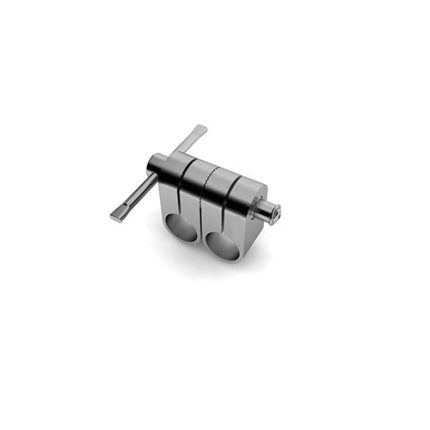
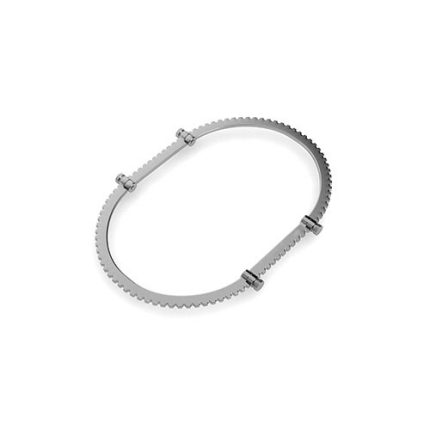
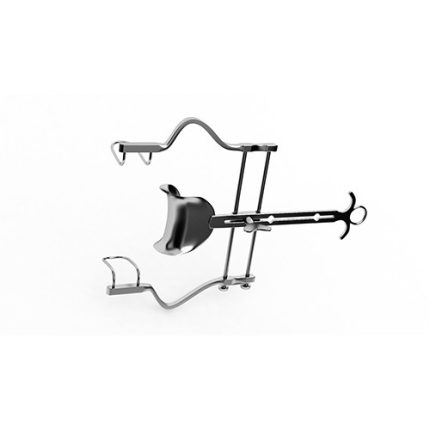
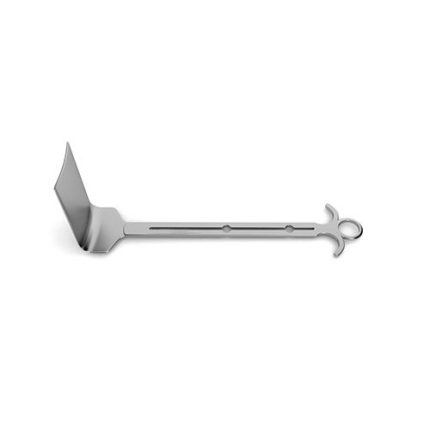
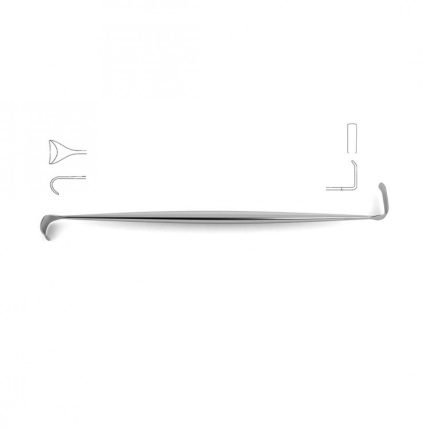

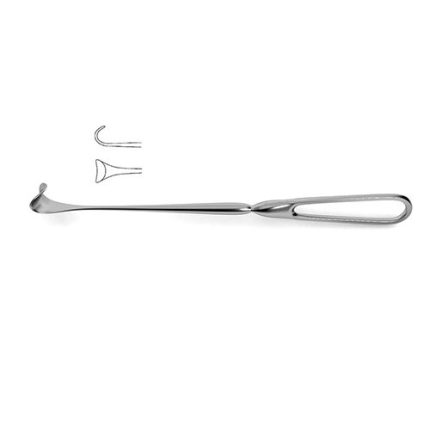

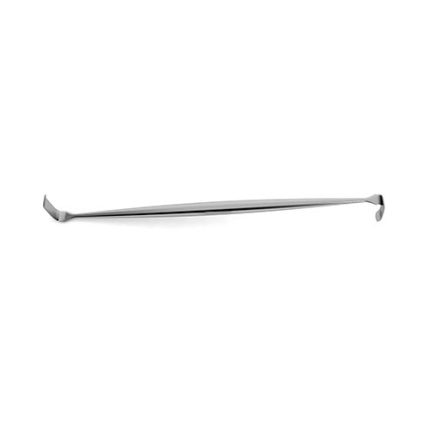
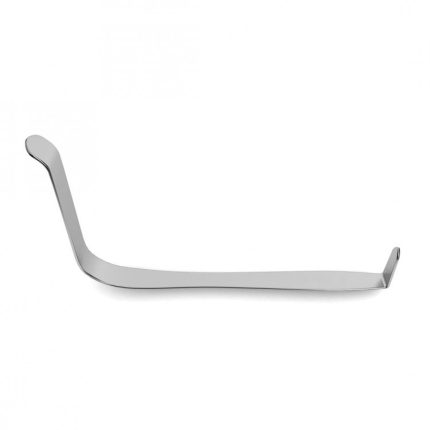
Reviews
There are no reviews yet.